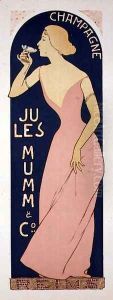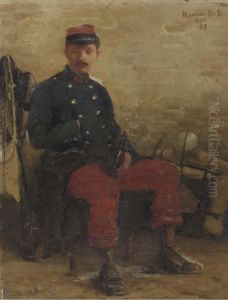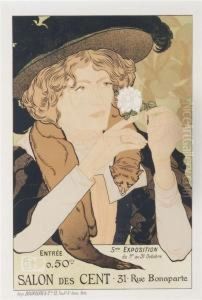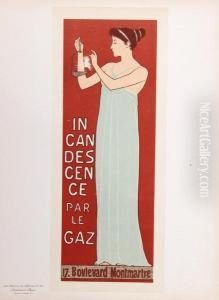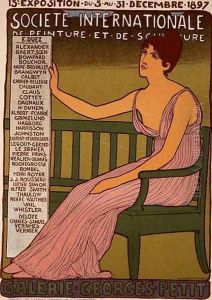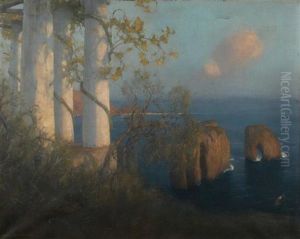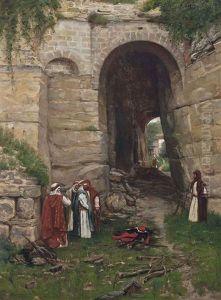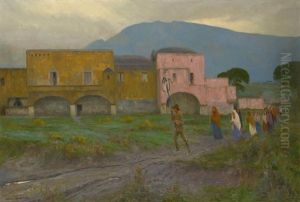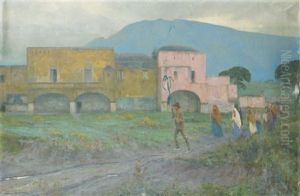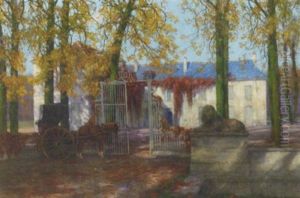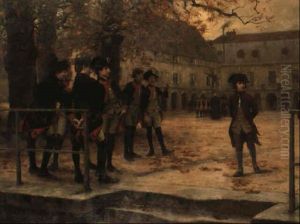Maurice Realier-Dumas Paintings
Maurice Realier-Dumas was a French artist, born in Paris on December 14, 1860. He was known primarily for his work as a poster artist, illustrator, and painter, contributing to the art nouveau movement that was flourishing at the end of the 19th century. His work often featured elegant women, floral motifs, and a harmonious blend of natural forms, which was characteristic of the art nouveau style.
Realier-Dumas studied at the École des Beaux-Arts in Paris under the guidance of influential artists such as Jean-Léon Gérôme and Alexandre Cabanel. These academic instructors instilled in Realier-Dumas a strong foundation in traditional artistic techniques and a focus on classical subject matter. However, as his career progressed, Realier-Dumas began to explore the more modern and decorative styles that were becoming popular in Paris during the Belle Époque.
Throughout his career, Realier-Dumas produced a number of posters, illustrations for books and magazines, and decorative panels. His work in advertising art was particularly notable, and he created designs for various companies, including the famous chocolate manufacturer Chocolat Menier. His posters were characterized by their elegant lines, muted color palettes, and the subtle incorporation of text and image. These designs encapsulate the spirit of the era, capturing the essence of Parisian sophistication and the burgeoning consumer culture.
Apart from his commercial work, Realier-Dumas also painted portraits and landscapes, though these were less renowned than his graphic designs. His contributions to the graphic arts were recognized during his lifetime, and he was awarded a silver medal at the Exposition Universelle in Paris in 1900.
Maurice Realier-Dumas's career reflects the transition from academic art to the more fluid and ornamental art nouveau style. His work, while perhaps not as well known as that of some of his contemporaries, like Alphonse Mucha or Jules Chéret, played a significant role in the development of graphic design and advertising art in the early 20th century.
He passed away on March 14, 1928, leaving behind a legacy of elegant art that captured the spirit of his time. His works continue to be appreciated for their historical value and as examples of the rich artistic atmosphere of Paris during the turn of the century.
